Friends of AHBIC
If you aren’t already a Friend of AHBIC, we welcome you to join our group of organisations and individuals who are supporting Australia’s national beekeeping industry that supports you.

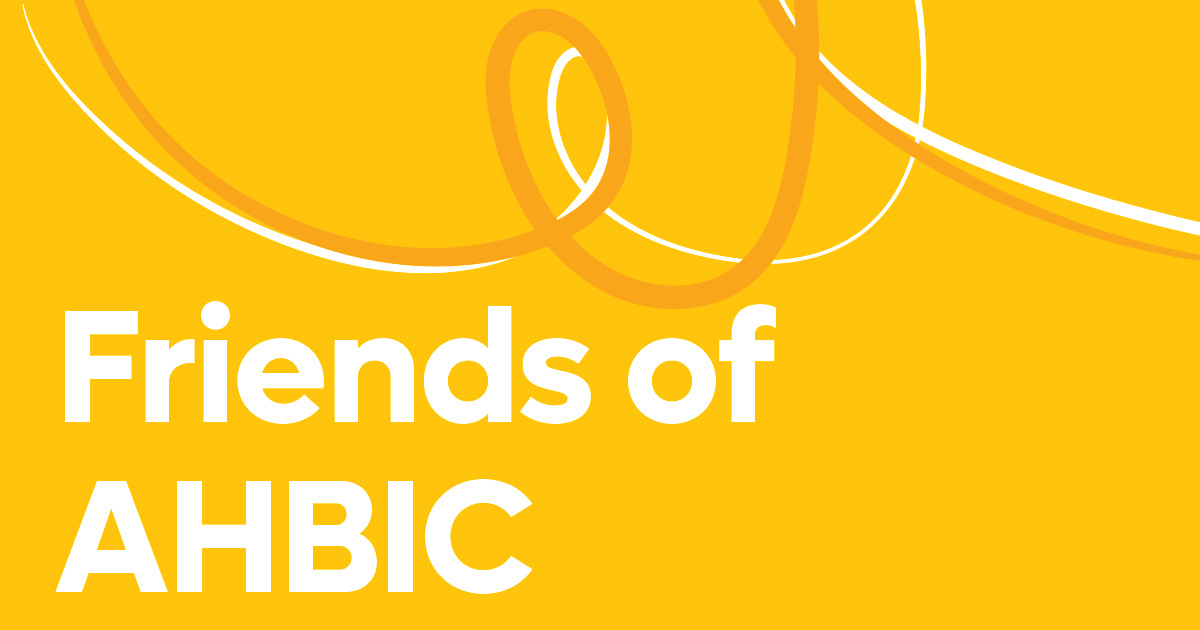
If you aren’t already a Friend of AHBIC, we welcome you to join our group of organisations and individuals who are supporting Australia’s national beekeeping industry that supports you.
Of the 100 crop varieties that provide 90% of the world’s food, 71 are pollinated by bees1.
However, the recent invasion of Varroa destructor, a mite that parasitises honeybees, has led to thousands of hives to being burned, seriously impacting the livelihood of beekeepers and threatening the productivity of horticultural industries2. As part of an effective strategy to deal with this incursion, more specific and effective pesticides would be a valuable weapon. However, most pesticides currently used in agricultural applications work non-selectively against both pests and beneficial arthropods. A selective pesticide that is harmful to Varroa but safe for honeybees would therefore provide a valuable weapon in our arsenal and might also be a starting point for the development of pesticides that target other harmful mites.
In order to design pesticides that display significant selectivity, a target-based approach can be employed. This strategy leverages protein biochemistry, genomics, structural biology, toxicology and chemistry to identify molecules that interact with specific biological targets. In this context, a hormone binding protein in the Varroa mite known as the ecdysone receptor protein is a promising target for pesticide development. This protein interacts with the pest hormone ecdysone to regulate mite development, reproduction and behaviour3. Disruption of this interaction by designed chemicals would significantly impair mite development and reproduction,4 meaning that such chemicals could be potent pesticide candidates. Also, because this receptor is absent from vertebrates and is also subtly different between insects, chemicals targeting this receptor would be safe for farm workers, consumers and also beneficial insects such as honeybees. Such chemicals can also be applied in conjunction with current insecticides to improve potency and reduce the development of resistance.
Our research at The University of Sydney, led by Prof Joel Mackay, Prof Ron Hill and Dr Emily Remnant and funded by Hort Innovation and a generous philanthropic donation, aims to develop such a selective insecticide. Already, we have made considerable progress on this quest. We have identified and purified significant quantities of the Varroa ecdysone receptor protein and also the corresponding protein from the honeybee through a laboratory-based protein production process. We have used an array of experimental methods to demonstrate that these lab-generated receptor proteins can interact with the ecdysone hormone and can therefore be used as targets for pesticide development.
With our target in hand, we have recently commenced the search for chemicals that can hit that target. Our strategy is to search collections of thousands of commercially available chemicals to find that needle in the haystack – a chemical that potently interferes with the Varroa ecdysone receptor but does not interfere with the equivalent target in the honeybee (and so is safe for our beloved pollinators – see figure). Excitingly, we have already discovered several ‘hits’ – chemicals that are starting points on that journey. Time will tell whether these starting points can be honed to yield our holy grail: a pesticide that can be deployed against Varroa without harming honeybees.
Concurrently, we are using this strategy to target another pollinator pest – the small hive beetle. To date, we have already purified and characterized the hormone receptor protein from the beetle and are on track to follow in the footsteps of our Varroa work. We hope that this new approach to pesticide design offers a competitive route to the identification of safer, more selective and environmentally friendly agents for the control of insect and arachnid pests, thereby helping to protect global agricultural systems.
“Development of Ecofriendly Selective Pesticides to Safeguard Honeybees” is funded by the Hort Frontiers strategic partnership initiative developed by Hort Innovation, with co-investment from the University of Sydney and contributions from the Australian Government.

Article by:
Shahnaz Sultana1, Emily Remnant1, Ron Hill1, Joel Mackay1
1School of Life and Environmental Sciences, The University of Sydney
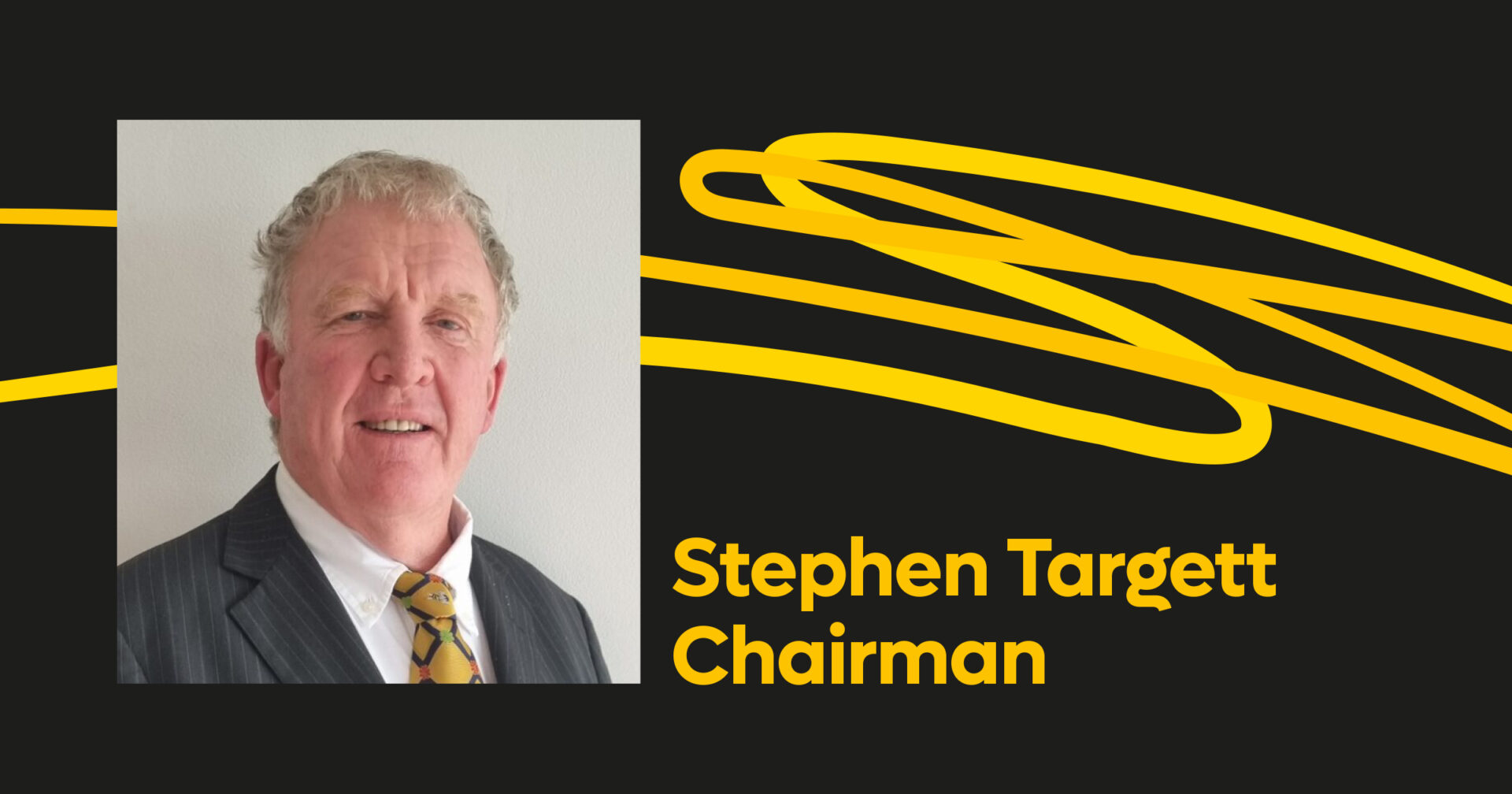
The past couple of months have been a busy period for AHBIC operationally. It is pleasing to see the 2025-2030 AHBIC strategic plan finalised which will be up on our website soon. The strategic plan will provide AHBIC with direction moving forward and a reference document for the AHBIC board and staff to refer too.
The AHBIC team is busy preparing for the upcoming AHBIC AGM which will provide the opportunity for our member bodies to have input and guidance to AHBIC’s operations. There are a number of vacant positions coming up and I encourage everyone to either nominate if eligible or think of someone to tap in the shoulder. A strong AHBIC board will drive better outcomes for our industry.
It is with a sad heart I announce that I am resigning my position as chair of AHBIC for personal reasons which will take effect at the upcoming AGM. I am still passionate about bees and our wonderful industry.
Three years of being the chair, busy at the beginning from the varroa detection, the response and now low honey prices has been challenging for both AHBIC and industry. I was amazed at the range of issues and how many government departments that AHBIC provides input to or interacts with.
I am proud of the AHBIC team and how they have risen to every challenge. AHBIC has done an amazing job with limited resources and continues to lobby and work hard for our industry.
Being the chair of AHBIC has been a learning curve and challenging at times but also very rewarding. I would like to thank the AHBIC executive and especially our CEO Danny Le Feuvre for their support and patience during my time as chair.
Whilst this is a mid-term resignation and the AHBIC board has the authority to fill the casual vacancy at any time, we have decided to open the vacancy to the AGM process and if there is more than one nomination allow a vote to occur.
The member body AGM’s have started and levies will be discussed at these meetings. Please get involved in the conversation. AHBIC is continuing to work on imported honey, biosecurity with PHA and the pollination initiative.
Stephen Targett
Chairman

What a country of contrasts! The southern regions are still under pressure from drought conditions whilst the northern regions have had too much rain leading to flooding. These weather extremes significantly impact beekeepers in different ways. I hope everyone is able to battle through these tough conditions. We encourage industry to seek support through their state associations and government agencies, where applicable, for recovery support and information.
Conference season is upon us with first of the conferences NSW Apiarists Association held last week at Ballina in NSW. I hope everyone is taking the opportunity to attend a conference, not only to get the latest research and information around varroa, but also to connect with fellow beekeepers and learn from each other. Our events page is a great place to see what is coming up on the calendar across the country.
The AHBIC board has been meeting regularly to discuss the state of the industry. In recognition of the extremely tough conditions for beekeepers the AHBIC board has had to make the tough decision to cancel the 2026 congress which was scheduled for Adelaide. This decision was not taken lightly but is reflective of the pressures on industry currently.
The board considerations to cancel the congress included financial risk, reputational risk and the current sentiment of key sponsors and trade exhibitors. Concerns about beekeepers’ ability to be able to attend and the potential for reduced delegates also weighed heavily on the decision.
This year the AHBIC Annual General Meeting will be held in Adelaide alongside the timing of SA Apiarist Association conference. The SAAA conference will be held on the 4th July at Murray Bridge with the AHBIC AGM being held on the 5th July a bit closer to the airport, at the Marion Hotel. See the notice of meeting in this newsletter for more information.
The Chair of the subcommittee and I have been meeting monthly with DAFF to progress the imported honey issue. Earlier this month Jon Lockwood, Lindsay Callaway and I held a half-day workshop with the federal department in Canberra to deep dive on the industry issues.
The productive workshop has resulted in several outcomes and action items for us to work on. It was great to hear from DAFF that they have taken our off the shelf honey product testing results and are working with National Measurement Institute to review the current testing protocols with the aim of strengthening them. Strengthening the testing protocols will be pivotal in enabling AHBIC and government to pursue honey’s that fail the testing. At the moment most honey’s we have tested that have failed our testing, are still passing the current DAFF protocols, which frustratingly, is limiting our collective ability to conduct any decisive action towards it.
We are excited about the strong relationship we have built with DAFF and we are expecting some tangible action around imported honey in the coming months. Doing anything with government at this scale can seem slow but we feel we are getting closer to good outcomes.
We continue to meet with manufacturers and researchers from Australian and around the globe to support opening up opportunities for new products to market, with a specific focus on effective non-synthetic alternatives. There are products on the horizon that are looking promising but it will be sometime before they are available. Some of the novel control products we are watching include double-stranded RNA technology, fungal control options, botanical control options and biological control solutions.
The National Varroa Transition to Management Program will conclude in February 2026. This date is fast approaching, and beekeepers need to take advantage of the offerings from the program before it finishes. The last of the free training opportunities are being rolled out around the country and are scheduled to finish in August, so get in before they finish. Beekeepers should also be making the most of the extension officers or VDO’s across the country before they start winding down towards the end of the year.
Overall, the program is working to produce the ‘legacy pieces’ that will support beekeepers beyond the program. Negotiations about where that information will be hosted is ongoing, but we are working to ensure that resources produced during the program will be easily accessible for all beekeepers post program completion.
A total of 43 colonies have now been found and destroyed. However, there is still three active foraging sites of concern. All of the current detections are still within 2km of the original IP, but all detections have had Euvarroa present.
Negotiations are continuing around an approved response plan and funding arrangements but AHBIC continues to advocate for the need to eradicate this pest.
Further testing of historical samples of red dwarf honey bee and testing of both managed and feral European honey bees has not uncovered any further deformed wing virus which is good. WA DIPRD are establishing a technical committee to determine the testing/surveillance required to achieve proof of freedom.
The month will be full of conferences with a conference nearly every week through to the start of July. We are excited to be able to get out and about meeting with our friends of AHBIC and gauging the industry sentiment. I look forward to seeing everyone at the upcoming conferences, we will be hosting a table across all conferences so come and say hello.
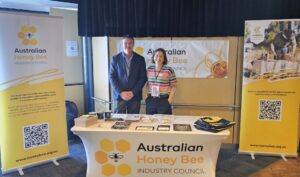
Danny LeFeuvre
CEO
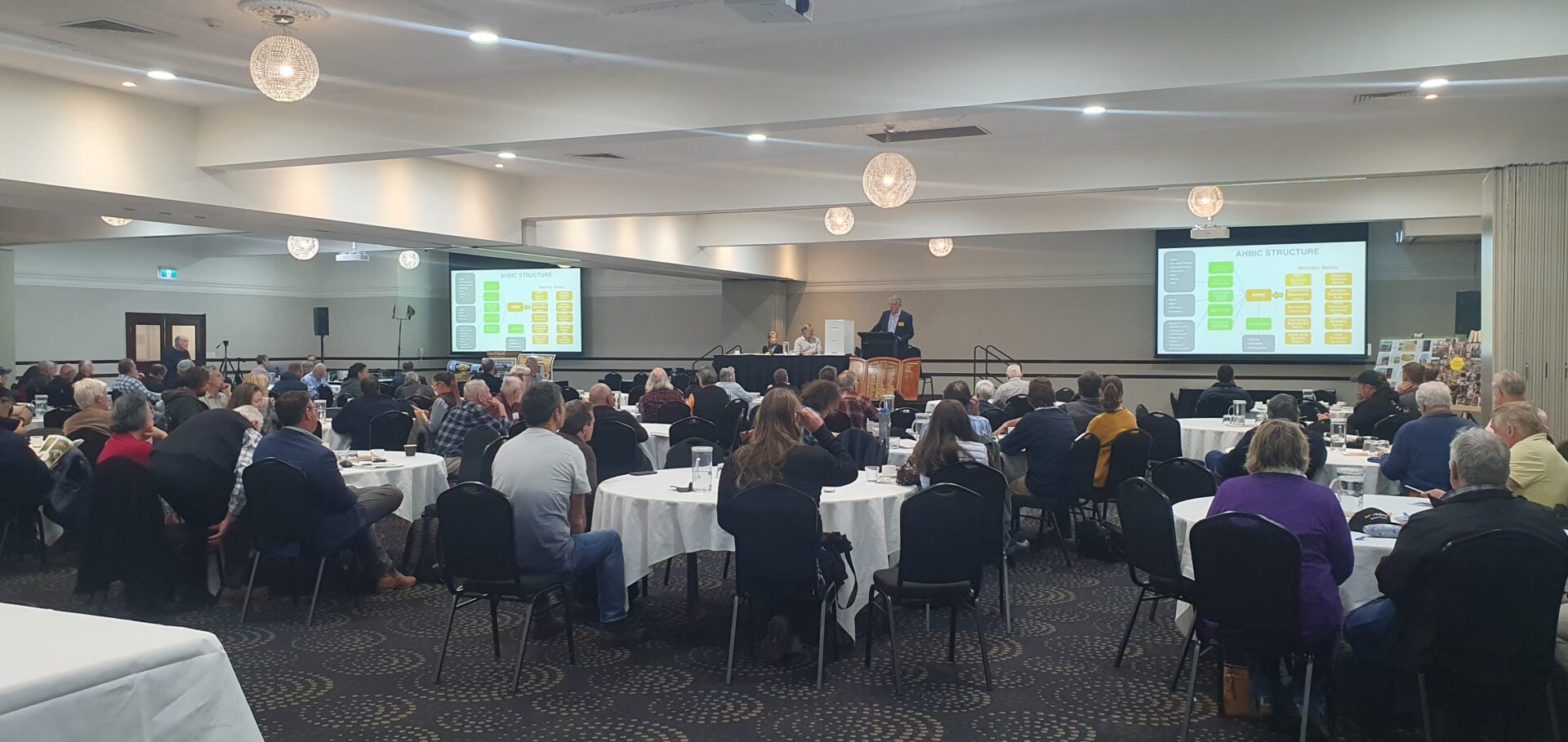
Set your calendars, find your state association and member body below, make sure to support your annual conference.
| Association | Date |
| New South Wales Apiarists Association | 22 & 23 May – Ballina, NSW |
| Tasmanian Beekeepers Association | 30 – 31 May – TBA, TAS |
| Crop Pollination Association of Australia Inc. | 10 June, Beechworth, VIC |
| Victorian Apiarists Association | 11 – 13 June – Beechworth, VIC |
| Queensland Beekeepers Association | 19 & 20 June – Southport, QLD |
| South Australian Apiarists Association | 4 July – Murray Bridge SA |
| Australian Honey Bee Industry Council – AGM | 5th July – Adelaide, SA |
| Bee Industry Council of WA | August 2025 |
| Amateur Beekeepers Australia | 30 August – Hornsby RSL, NSW |
| Honey Packers and Marketers Association | TBA |
| Australian Queen Bee Breeders Association | TBA |
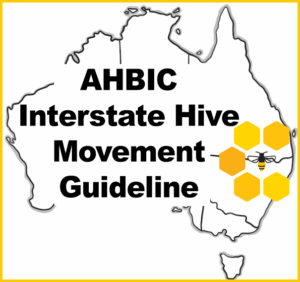
CLICK HERE OR ON IMAGES TO OPEN DOCUMENT IN PDF TO ACCESS ALL LINKS
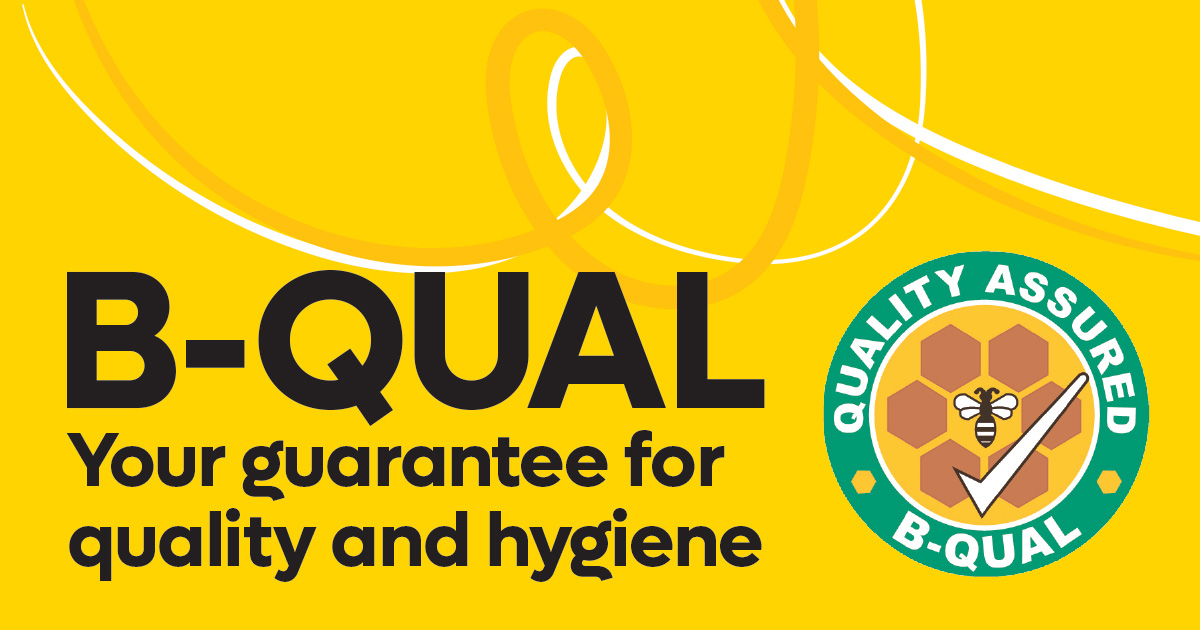
B-QUAL is an Industry Owned Quality Assurance System for Australian beekeepers.
How does B-QUAL certification benefit my business?
B-QUAL Certification also enables an enterprise to market its product under the B-QUAL logo to show that it meets the B-QUAL Industry Standards.
Complete your training at home at your own pace.
For more information and to obtain a Certification Information Pack, contact the B-QUAL Certification team.
www.bqual.com.au
B-QUAL Pty Ltd
Phone 07 49949820
Email: admin@bqual.com.au